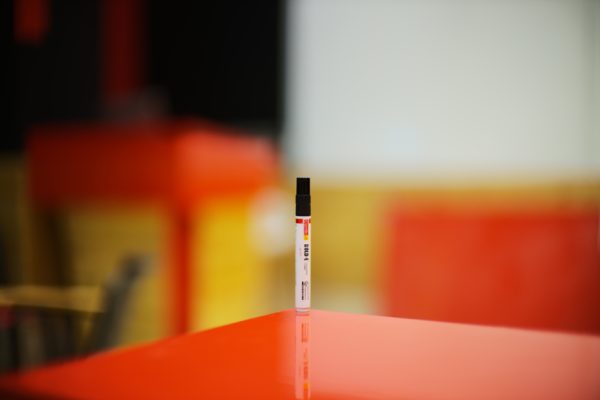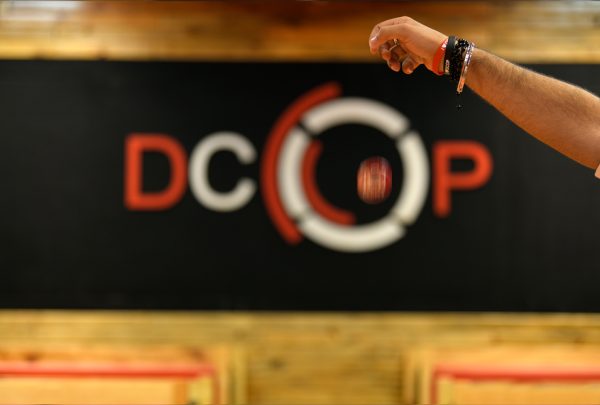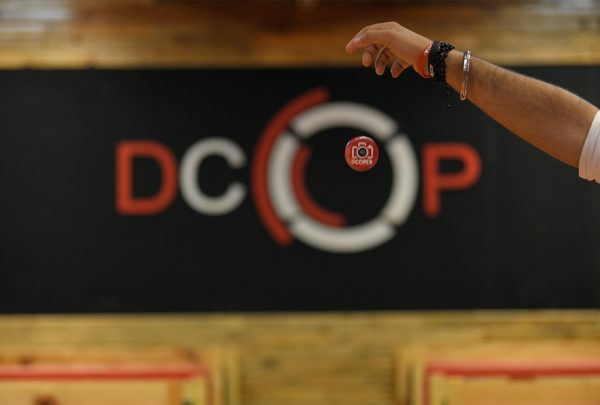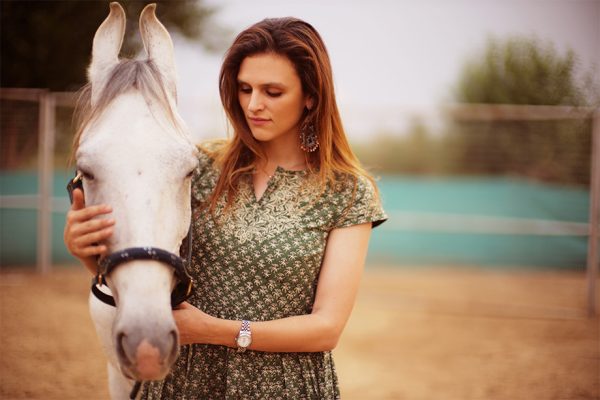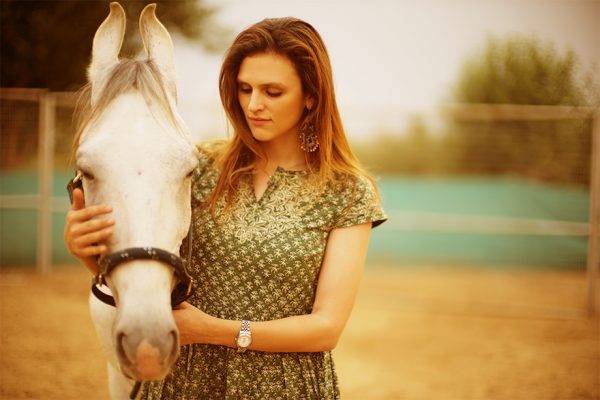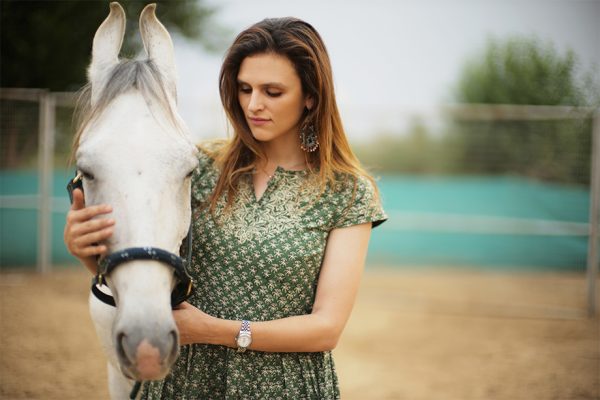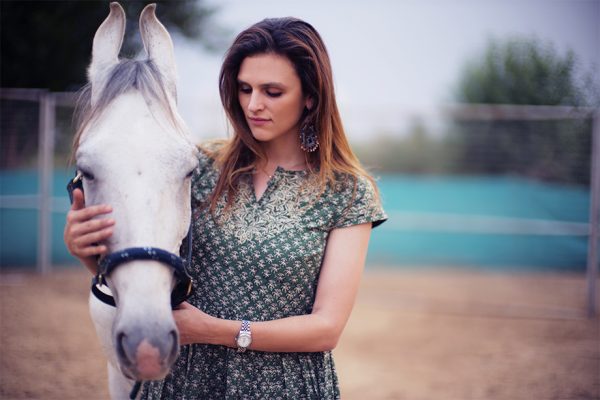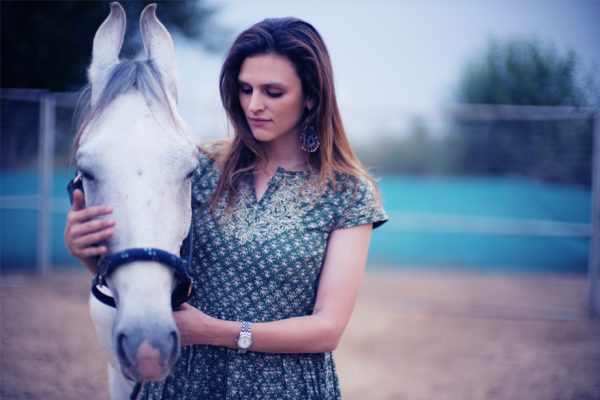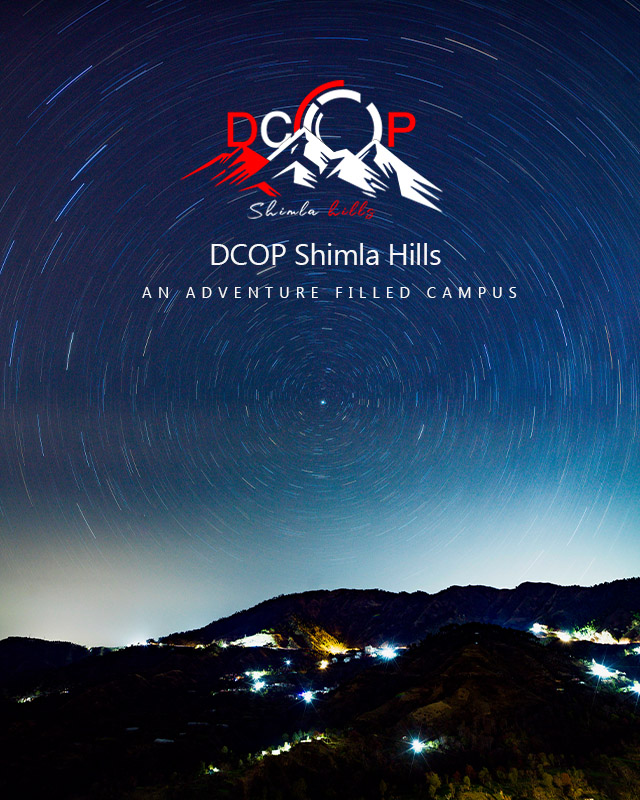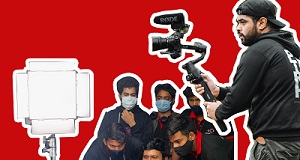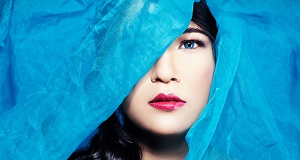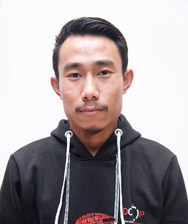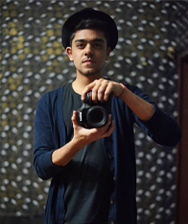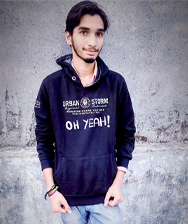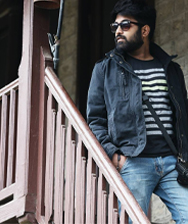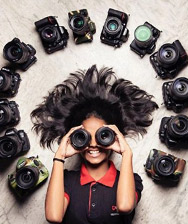Enquire Now
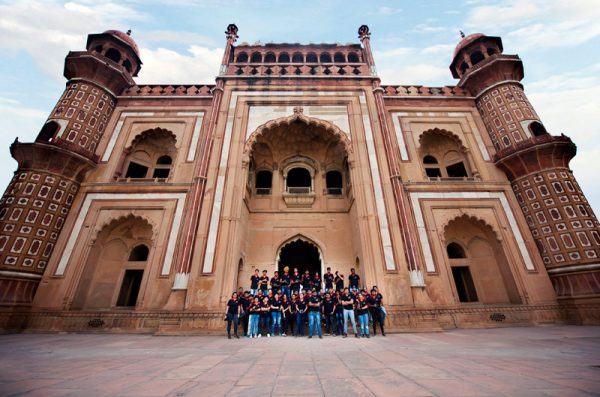

- Duration: 4 Weeks (weekend classes)
- Age limit: None
- Price: ₹ 12,500+GST
Foundation Photography is a course that is very comprehensive and aimed for beginners. The course covers the basics of photography and goes on to more advanced concepts and techniques like understanding lighting, shooting portraits, white balance, and various other composition techniques. This course is suitable for both owners of DSLR cameras willing to improve their photography skills.
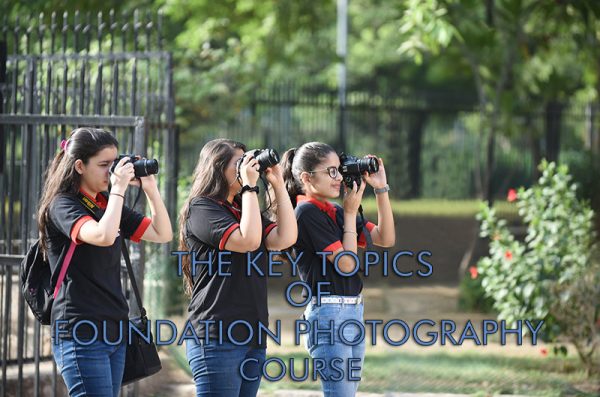
 HISTORY OF PHOTOGRAPHY
HISTORY OF PHOTOGRAPHY Introduction to digital photography
Introduction to digital photography
Types of lenses
Image resolution
Raw image Vs. Jpeg
Megapixels WHITE BALANCE
WHITE BALANCE
Understanding color temperature EXPOSURE TRIANGLE
EXPOSURE TRIANGLE
ISO
Shutter speed
Aperture COMPOSITION
COMPOSITION
Angles
Framing & composition Introduction to the functionalities of camera
Introduction to the functionalities of camera
Exposure composition
Metering mode
Focusing modes DEPTH OF FIELD
DEPTH OF FIELD PHOTOWALKS WITH OUR FACULTY
PHOTOWALKS WITH OUR FACULTY
Day outdoor shoot
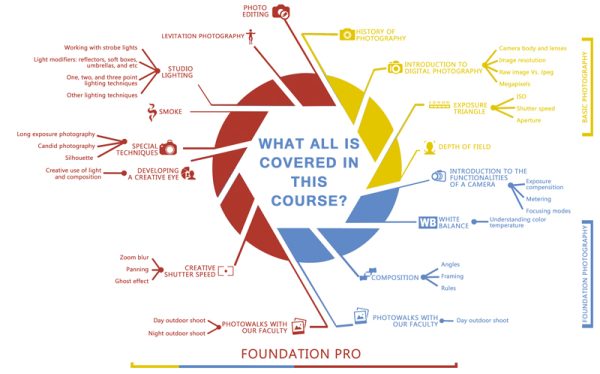
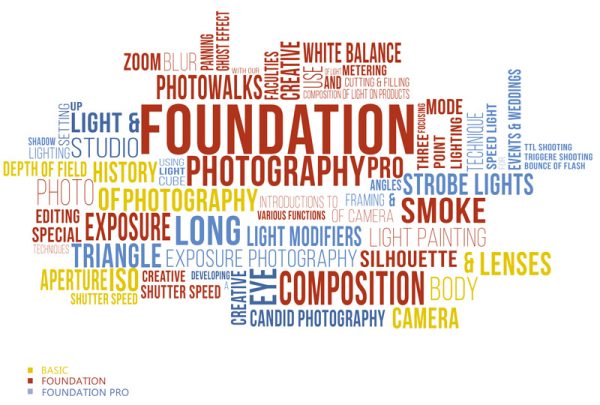
Exposure triangle is a combination of three different elements in the camera i.e. the shutter, aperture, and ISO. All of these elements have a different purpose to serve. The photographer may choose the combination of these in different ways to achieve whatever is required for the photograph.
These elements control different functions and are related to each other in some or other ways. Therefore, depending on what is desired in a photograph one can achieve great results using the exposure triangle to his benefit.
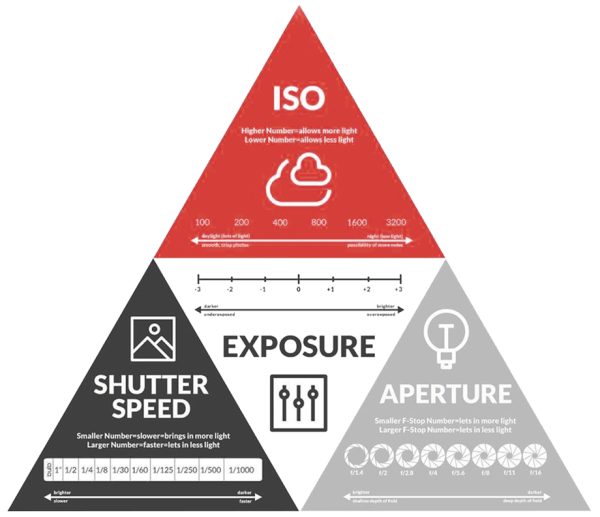
For many cameras, depth of field is the distance between the nearest and the furthest objects that are in acceptably sharp focus in an image. The depth of field can be calculated based on focal length, distance to subject, the acceptable circle of confusion size, and aperture. The depth of field in a photograph could be divided into two categories: shallow and large.
Shallow being blurred out other than the point of focus and large being the maximum area of an entire photograph in focus.
In photography, shutter speed or exposure time is the length of time when the film or digital sensor inside the camera is exposed to light, also when a camera’s shutter is open when taking a photograph. The amount of light that reaches the film or image sensor is proportional to the exposure time.
The shutter speed of a camera is denoted in fractions of 1 second and the shutter can be kept open for 30 sec or even more in the bulb mode. A fast shutter speed enables to freeze things in motion and slower shutter speed helps to show motion in a photograph.
ISO is a camera setting that brightens or darkens a photo in the most basic sense. Your images will get increasingly brighter as you increase the ISO setting. As a result, ISO can assist you in capturing photographs in low-light situations or allowing you to be more flexible with your aperture and shutter speed settings.
White balance (WB) is the process of removing unrealistic color casts. Proper camera white balance has to take into account the “color temperature” of a light source, which refers to the relative warmth or coolness of white light.A camera has different presets of white balance that allows a photographer to achieve true tones in a photograph by adding counter tones to achieve what appears to be realistic.
Composing an image means arranging elements within it in a way that suits the core idea or goal of your work best. Arranging elements can be done by actually moving objects or subjects. A good example of this case is portrait or still life photography. Street photography involves anticipation, since the photographer doesn’t usually have the choice of moving his subjects himself, but has to wait for them to make the most suitable position within the frame.
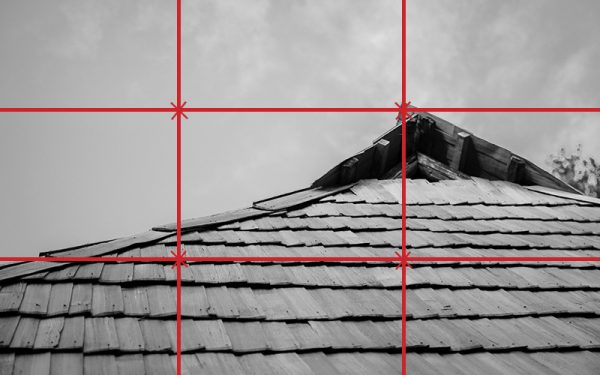
There are various types of angles to choose from while shooting any photograph. Shooting different kinds of pictures requires choosing appropriate angles to give a unique appeal to the photograph. Hence, knowing the angles right is necessary and helps you in creating visually appealing photos.
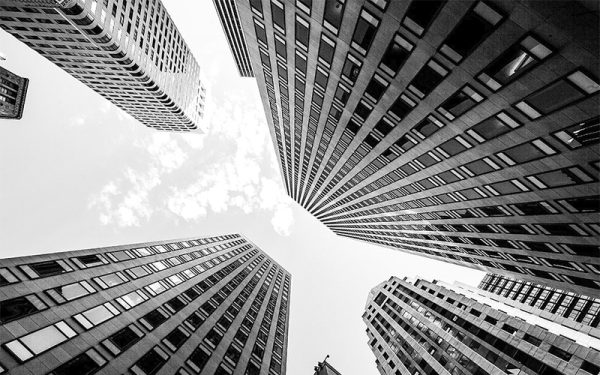
Framing refers to using elements of a scene to create a frame within your frame. For example, you might shoot through a doorway, pulled back curtains, branches, fences, tunnels, or arches to highlight your subject.
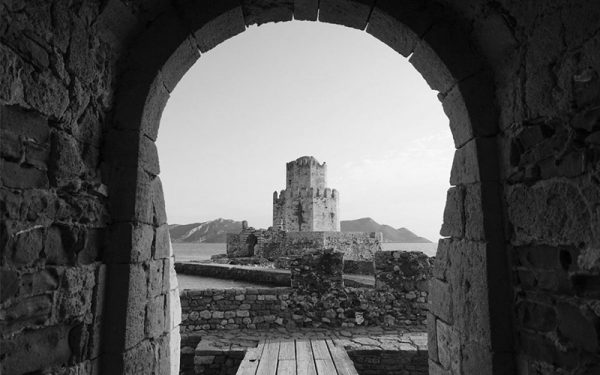
When it comes to creating a visually appealing photograph it is important to understand the rules of composition and angles. These rules set a guideline for the photographer, using which one can make more compelling photograph.
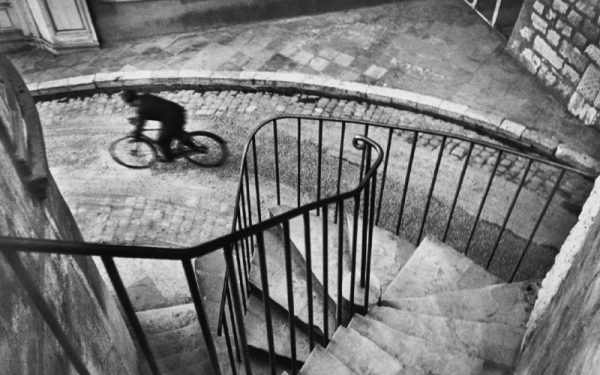
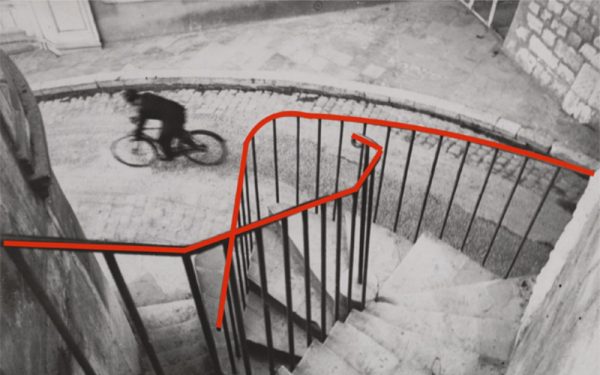
Panning is a photographic technique that combines a slow shutter speed with camera motion to create a sense of speed around a moving object. It is a way to keep your subject in focus while blurring your background.
It is an interesting technique to make a photograph look dynamic when both the subject and the background appears to be moving in one direction. Panning technique gives an interesting edge to the photograph, rather than a cliched form of image-making.
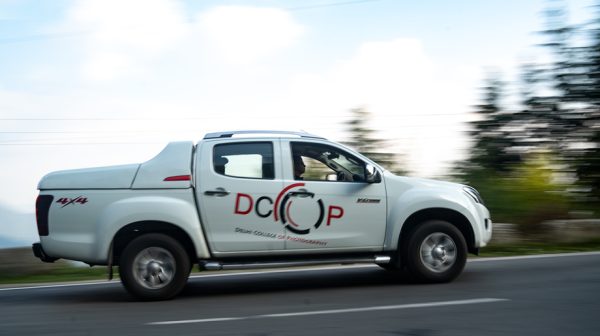
Outdoor shoot presents photographers with a variety of challenges and opportunities. The light throughout the day varies considerably and can have a huge impact on the pictures you take. Although the light varies throughout the year, and at different locations around the world, we sometimes can’t be as choosy on these but time of day is something we can select.
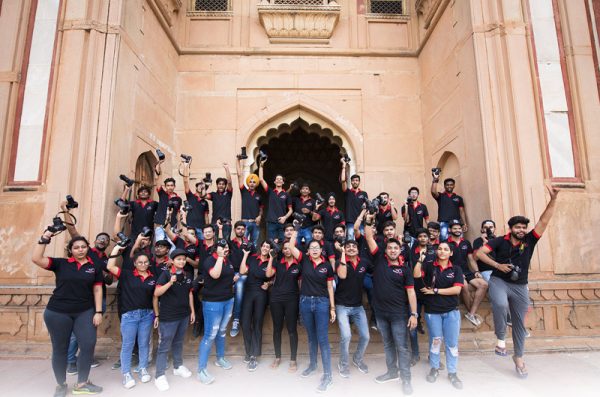
 Download Brochure
Download Brochure




















